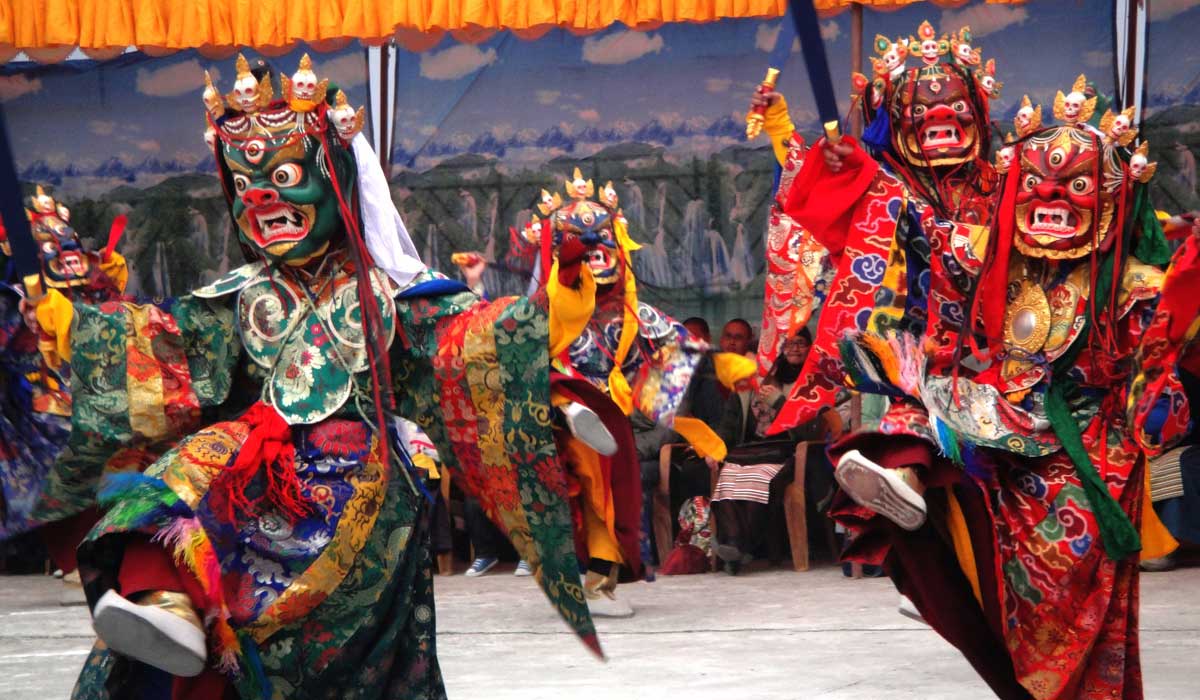
“The true beauty of Nepal isn’t the mountains, but the people who live in their shadows.”- Apa Sherpa (climbed Everest 21 times).
For over centuries, Sherpas have been dominating the North-Eastern Himalayas-typically around Everest (Khumbu region)- and making a living out of Yak husbandry, Agriculture, and mountaineering.
Like many of us do, they work and eat. However, their unique potential to eke out a normal life at such an extreme elevation (over 5000 m asl) has made them a topic of discussion around the world. When it comes to mountaineering, they have always managed to undertake the risky part themselves first. But how do they do it is a huge mystery?
Is it the food they eat that makes them so strong to battle the relentless condition of the Himalayas, or are they genetically adapted to these weather set-ups? The secrets have remained locked inside a chamber for decades.
Before that, let us know something about Sherpas- who they really are?
Back in the early days before the 1600s, a religious conflict of Mahayana Buddhism in Tibet compelled a clan of Sherpas to migrate across the Himalayas into a remote land, which is present days Solukhumbu.
The living was very hard there because the rocky land and harsh weather stood against agriculture. So, people adopted the yaks and started Yak Husbandry, which became their major profession. Yaks proved to be a boon for Sherpas as it offered milk and wool.
Later in the 1920s, few British men showed curiosity in trekking around Everest and hired Sherpas as their porters. Subsequently, a lot of crews attempted to summit the pinnacle of Everest, but all of them failed until 1953, when a legendary Sherpa, Tenzing Norgay, along with another legend, Sir Edmund Hillary, made a successful attempt in climbing Everest.
After this historical moment, trekking enthusiasts from all over the world became eager to follow in the footsteps of Hillary and Sherpa. Consequently, a lot of Sherpas were hired as a porter, who later on started their own agencies of trekking and hiking.
The mountain that posed so much difficulty for living proved to be one of the finest gifts of God to Sherpas. The average income of Sherpas is around $4000 - $5000 for two months.
The word ‘Sherpa’ is often pronounced as ‘Sharwa’, which means the ‘People of East’. This indicates their geographical origin from Kham Salmogang of eastern Tibet.

Sherpas are believed to have been the adherents of the Nyingmapa school of Tibetan Buddhism for centuries. Nyingmapas, although have a common history and shared dogmas, perform varied rituals, which are the results of different Nyingmapa visionaries.
Sherpas have adopted the modern ones in the mid-1800s when few revered Priests of Solukhumbu went to Tibet to learn more about Tibetan Buddhism from Choki Wangchuk. Consequently, he suggested various rituals and meditational cycles, which are very joyful.
These liturgies are accompanied by delicious delicacies and melodious chanting, which add extra fragrance to Sherpa’s culture. These traditions are handed down to successive generations until now. For the reverence of the great Buddha, many monasteries and chortens are built.
As per the wedding rituals of Sherpas, a man can have as many wives as he wanted. The most renowned personality in the history of mountaineering, Tenzing Norgay Sherpa, had 3 wives. What’s more amazing is two Sherpa brothers can share a common wife. This is something you won’t be able to see in any part of the world.
The name of a Sherpa child is given from the name of the week he or she is born.
Dawa = Monday
Mingma = Tuesday
Lhakpa = Wednesday
Phurba = Thursday
Pasang = Friday
Pemba = Saturday
Ngima = Sunday
Sherpas need a lot of strength for climbing Everest; as a matter of fact, their diet contains a lot of carbohydrates. They eat the Dal Bhaat as consumed by the majority of the Nepalese. This includes steamed rice (majority portion), lentil soup, and veg curry.
So, it makes sense that their food is not the thing that helps them to endure in such a vigorous condition.
Sherpas have been continuing their livelihood in the high altitude for centuries. Mountains have become their closest companion for ages. No matter what catastrophe stroke, they have always managed to pave their way out of the predicament. Consequently, their gene has transformed accordingly to sustain the extreme conditions of the Himalayas as per the American Study in 1996 (published by CNN).
Another study by the elite students and professors of the University of Cambridge have found something unusual in the blood of Sherpas. At a higher altitude, the oxygen content in the atmosphere is low as compared to that at a lower altitude.
So, when the low landers climb up to a higher altitude, the RBC content in their blood increases to fill the void created by low oxygen content. The more red blood cells (RBC) make the blood thicker and blocks the blood vessel, stopping the blood flow throughout the body. As a consequence, the victim may die if untreated instantaneously.
However, when the sample of Sherpa’s blood was examined, they found that Sherpa’s blood had fewer levels of RBC, but a higher level of nitric oxide, which is responsible for preventing blood clogging. This means that Sherpas have naturally adapted their living at a higher altitude.
Also, when the DNA samples of their blood were examined, another interesting activity was observed. The mitochondria in the blood cells of Sherpas were much more efficient in producing energy than that of lowlanders. This shows that the Sherpas are ‘Supernatural Human Being’.
Climbing a mountain is a great risk. Nobody knows when the avalanche is going to come and carry away all the dreams of the adventurer, who have ventured on the quest to conquer the world (Everest).
Hundreds die every year. But, out of the toll of death, at least one-third are always Sherpas. Over 20 families lose one of their family members every year.
Weather is unpredictable. So, climbing Everest is really a matter of luck.
As per the documentary prepared by National Geographic highlighting the legend Apa Sherpa, climbing the mountain is not the ritual of Sherpas, but an obligation. Many of them do not have the education; so, they work as porters to support the livelihood of their families.
In a particular season, a porter climbs to Everest 15 to 20 times, which really makes sense how hard life is on Everest.
In 1939, when a storm hit the Nanga Parbat, 10 climbers lost their lives. Out of all, Ang Tsering managed to survive after battling for 7 days in the extremes of Mt. Everest. Later in 2002, Jonathan Neale published a book claiming Sherpas as the ‘Tigers of Snow’.
Similarly, in the 1996 disaster in Mount Everest, 8 people lost their lives. Now, it becomes certain, how risky is to undertake the challenge of summiting Everest.
Sherpas are one of the bold and enduring tribes of the North-Eastern Himalayas, who are believed to have descended from Eastern Tibet to Solu Khumbu centuries ago. As a result of living in the high altitude, Sherpas’ genes have transformed to suit living at the extremes. For that great power, Sherpas are titled as the ‘Superhuman’, in the research article published by the University of Cambridge.
Leave Your Comment